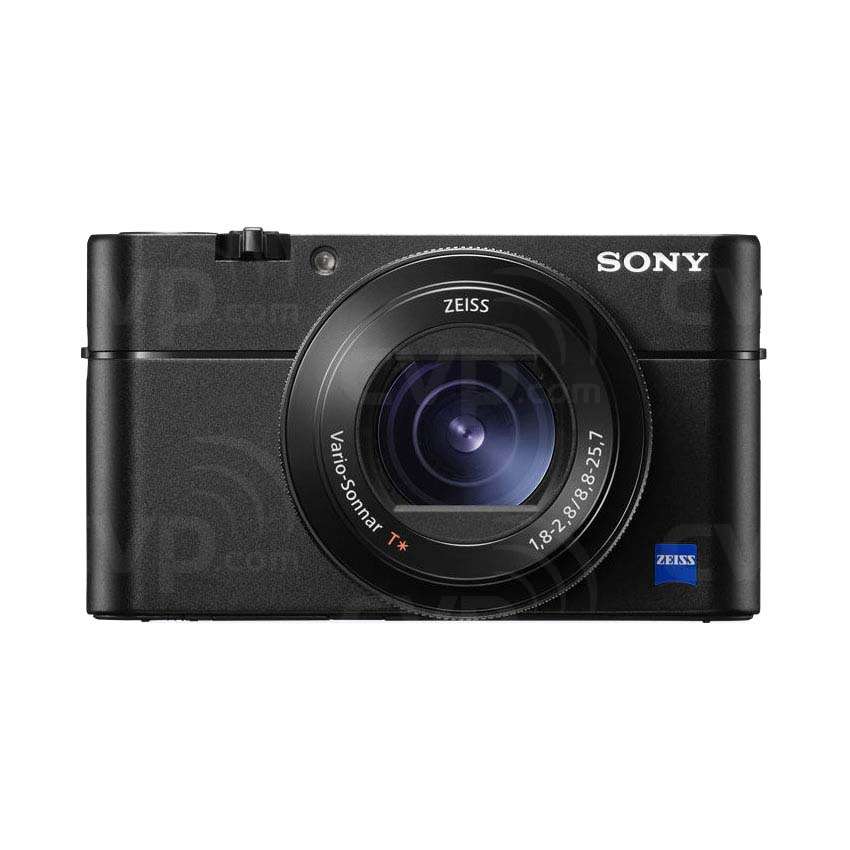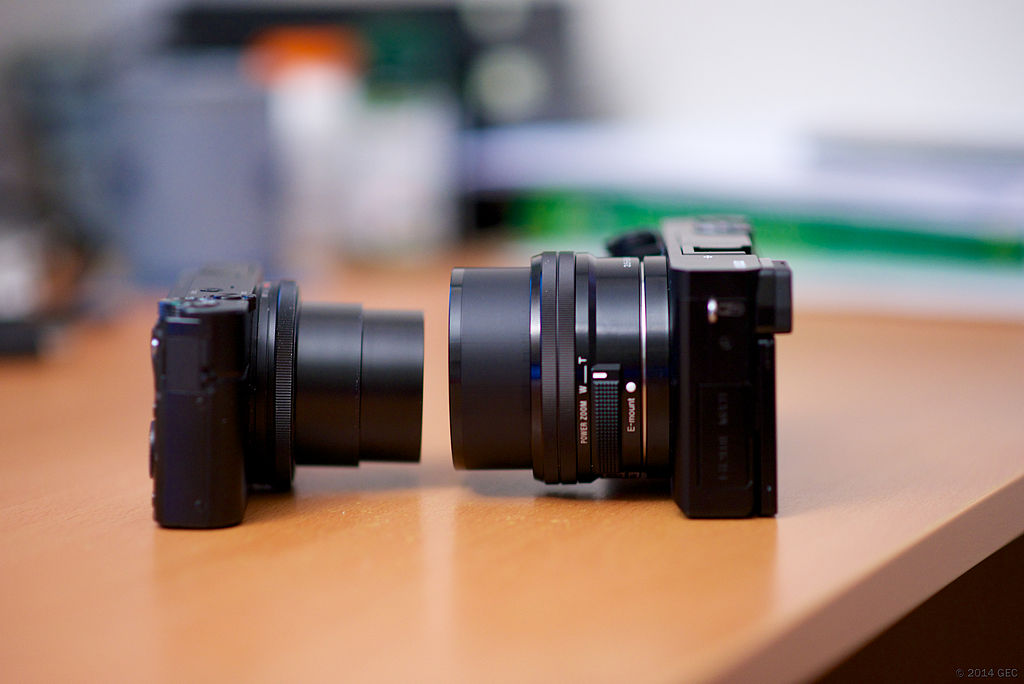
(Click on the star on form card to select)
The Sony RX100 VII has a better Overall Score than the Sony RX100 V, and if we had to choose between the two cameras, we would go with the Sony RX100 VII. The LCD panels of the Sony RX100 VII and Sony RX100 V are the same size, measuring 3.00 inches diagonally. Another consideration is weight, which is particularly significant when choosing a camera that you will be carrying about with you all day. The Sony RX100 V weighs 3g less than the Sony RX100 VII, however we don’t believe this will make a major impact in terms of portability.
Sony Rx100 Iii vs Sony Rx100 Iv vs Sony Rx100 V vs Sony Rx100 Vi vs Sony Rx100 Vii: Video Comparison

The Sony RX100 V was replaced by the Sony RX100 VI, which was part of the same family of cameras as the RX100 V. More detailed information on the two cameras (including user guides and manuals), as well as associated accessories, may be found on the Sony official website. It is worth noting that the RX100 VII is equipped with a microphone port, which can be used to increase the sound quality of audio recordings by connecting an external microphone. In this way, the photographer may shoot time lapse sequences of natural phenomena such as flower blossoming and sunsets and moon rises without the need to invest in an additional camera trigger and associated software. As a starting point for the comparison, the following is a high-level summary of the major specifications of the two cameras. For those interested in a quick summary of how the RX100 V compares to the RX100 VII in terms of mobility, imaging, features, and overall score, please see the table below before continuing with the thorough comparison.

Android Phones may be used to control the Profoto B10 and B10 Plus.

The RX100 V was released three years before the RX100 VII, resulting in a significant technological gap between the two models in terms of performance. Both cameras include tilting displays, which allow you to adjust the angle of the screen to make it simpler to film from waist or above-the-head positions. The RX100 VII and RX100 V are digital cameras that are part of Sony’s RX100 line. In this review, we’ll look at the Sony RX100 VII and RX100 V, two Large Sensor Compact cameras with a lot of features. Sony RX100 VII was brought to the market in July of this year, while Sony RX100 V was debuted in October of last year.
The expanded locations of the lens, flash, electronic viewfinder, and LCD screen of a Sony DSC-RX100 III camera are shown in this illustration. This camera makes use of the “Column-Parallel A/D Conversion Technique” to produce more detailed pictures in low light circumstances than smaller-sensor cameras do in normal lighting. When compared to the Sony Cyber-shot DSC-RX100, the Sony Cyber-shot DSC-RX100 II small camera delivers a few notable improvements, but it comes at a greater cost. The task of V-Loggers who wish to utilize a high-quality small camera for their work will be made considerably simpler as a result of this. It is accessible while capturing video and is said to be eight times more effective than the default setting. It combines optical and electrical image stabilization, which implies that the field of vision is reduced in size.
Sony Rx100 V vs Sony Rx100 Vii Comparison of Specifications
A higher price tag may be justified if you want more reach, quicker and more accurate autofocus, the ability to shoot 4K / 4K HDR/ slow motion video, real-time tracking and Eye-AF capabilities, or if you require longer reach, faster and more accurate autofocus. On the back of both cameras, there is an articulated screen that can be adjusted so that it is facing forward. In particular, vloggers and photographers who are interested in capturing selfies will find this function to be quite useful. The shutter speed information provided pertains to the usage of a mechanical shutter and is not accurate. However, some cameras simply have an electronic shutter, and others have both an electronic and a mechanical shutter in addition to one another.

The RX100 VII is equipped with 357 phase detection and 425 contrast detection autofocus points. Consider investing in another batteries or carrying a portable powerbank with you so that you can recharge the battery within the camera while on the go if this seems to be a problem for you. When it comes to features, we’re searching Sony Cyber shot DSC RX100 V and Sony Cyber shot DSC RX100 VII for more parallels than differences once again. One minor modification is that, starting with the RX100 VI, there is no longer any need to draw the viewfinder out towards you after it has been popped up before you can begin using it, since it can all be done in a single motion with the camera. I’ve been using the RX100M6 for over a year, and the biggest aggravation is that video clip file names always begin with C0001 when using a new card. Aside from that, with two M6 in the family, I always end up with a jumbled collection of clips after a trip, especially when there are so many C0001 to sift through.
Is there another camera body that has had seven upgrades in the same amount of time? One has to think that, despite the fact that each RX100 model has had certain shortcomings, Sony has sold a significant number of RX100s throughout the years. That is, in my opinion, due to the fact that the RX100 had and continues to have an exceptionally high degree of high-quality finish for such a small body. However, none of the models from other manufacturers were as slim and fashionable to be able to fit into a jean’s pocket or pocketbook as the ones from Apple.
